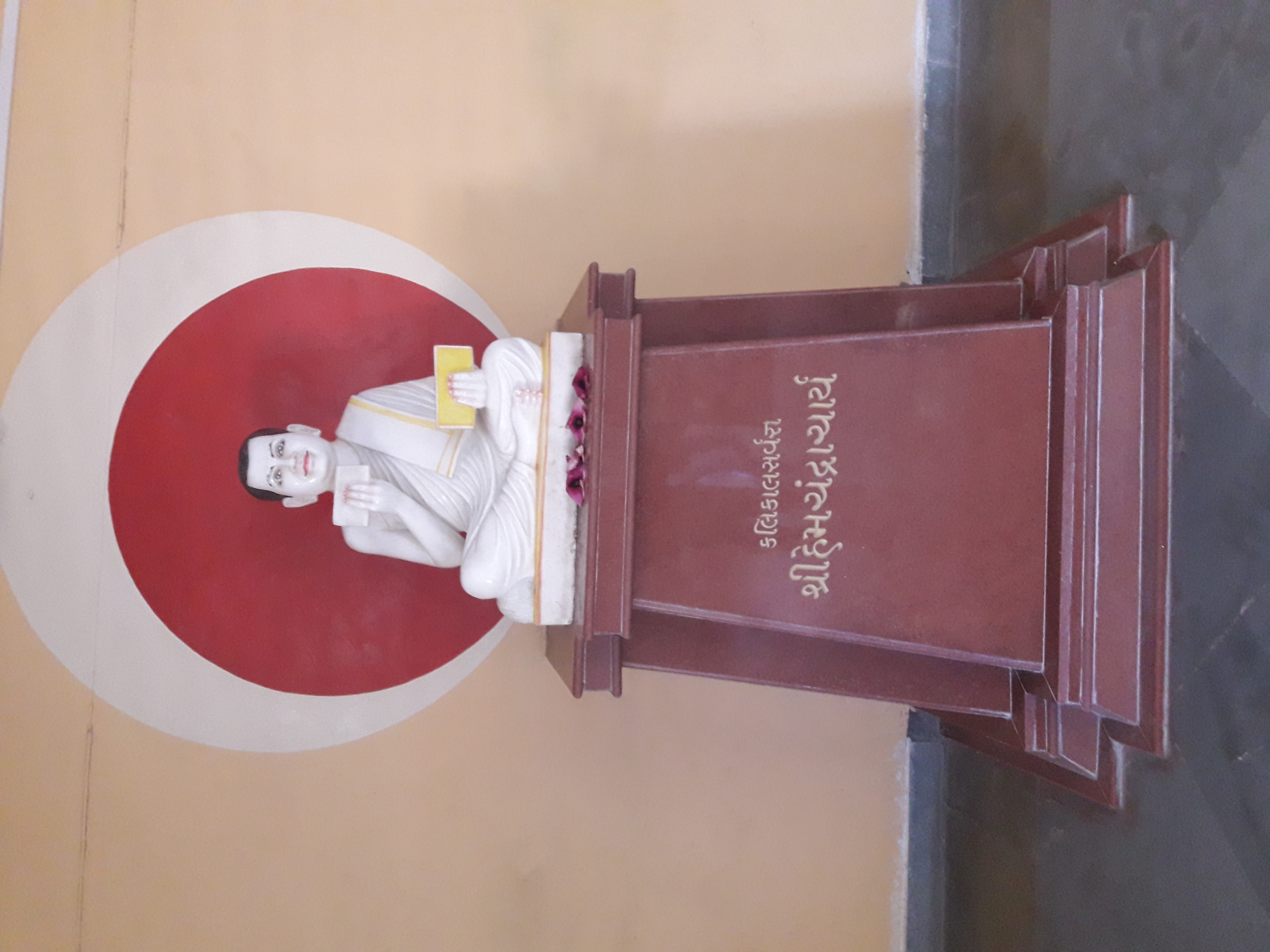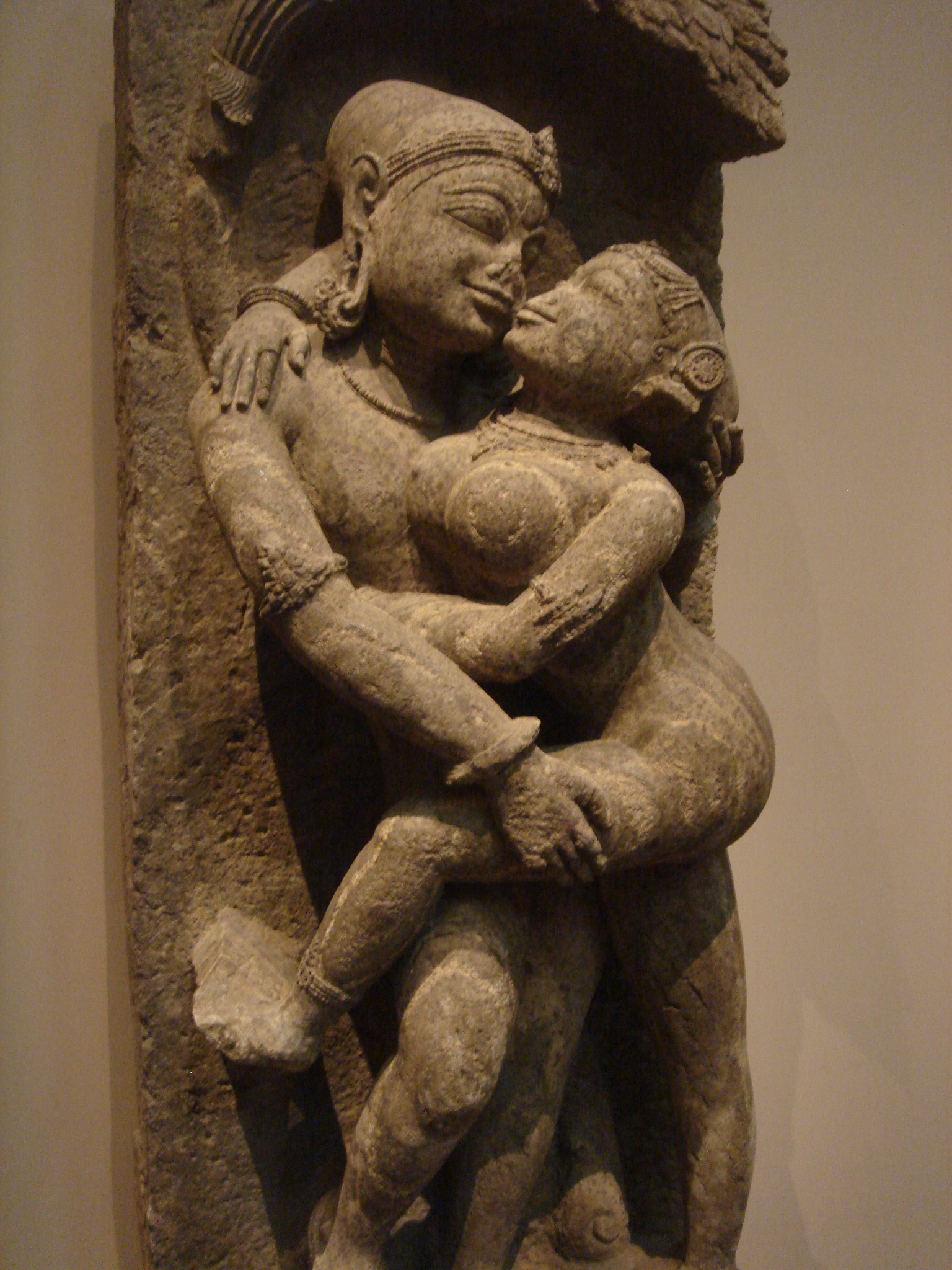|
Jnanarnava
''Jnanarnava'' (Sanskrit: ज्ञानार्णव, IAST:''Jñānārṇāva'', Meaning: Ocean of Wisdom on Meditation) is an important Jain text in Sanskrit on various topics useful to the mendicant but focuses primarily on meditation. Another name for this text is ''Yogapradipadhikara'' meaning, the Book that Illuminates Meditation. Subject matter ''Jnanarnava'' is an important work in Jainism focusing on ''dhayana'' (meditation), its techniques and results. But it does not focus only on meditation, but is underpinned by Jain ontology and presents the Jain teachings in the light of Yoga. Subhacandra distinguishes three categories of ''dhyana''—good, evil and pure, in conformity with the three types of purposes, viz., the auspicious, the inauspicious and the transcendental. At another place, he classifies ''dhyana'' into ''prasasta'' (the psychical or psychological view) and ''aprasasta'' (practical or ethical view). In addition to this, he also elaborately expounds th ... [...More Info...] [...Related Items...] OR: [Wikipedia] [Google] [Baidu] |
Yasovijaya
Yashovijaya (, 1624–1688), a seventeenth-century Jain philosopher-monk, was a notable Indian philosopher and logician. He was a thinker, prolific writer and commentator who had a strong and lasting influence on Jainism.Dundas, Paul (2004) p.136 He was a disciple of Muni Nayavijaya in the lineage of Jain monk Hiravijaya (belonging to the Tapa Gaccha tradition of Svetambara Jains) who influenced the Mughal Emperor Akbar to give up eating meat. He is also known as Yashovijayji with honorifics like Mahopadhyaya or Upadhyaya or Gani. Early life Yashovijaya was born in a village called Kanoda in the Mehsana district in Gujarat in 1624 CE. Some sources place his year of birth as 1608 CE. His childhood name was Jasha. He belonged to the endogamous group of Oswal Jains. He lost his father when he was very young and consequently he was brought up by his mother. The inclination towards religious life was inculcated by his mother, who often used to take him to Jain upashrayas. Young Ya ... [...More Info...] [...Related Items...] OR: [Wikipedia] [Google] [Baidu] |
Jainism
Jainism ( ), also known as Jain Dharma, is an Indian religions, Indian religion. Jainism traces its spiritual ideas and history through the succession of twenty-four tirthankaras (supreme preachers of ''Dharma''), with the first in the current time cycle being Rishabhadeva, whom the tradition holds to have lived millions of years ago, the twenty-third ''tirthankara'' Parshvanatha, whom historians date to the 9th century BCE, and the twenty-fourth ''tirthankara'' Mahāvīra, Mahavira, around 600 BCE. Jainism is considered to be an eternal ''dharma'' with the ''tirthankaras'' guiding every time cycle of the Jain cosmology, cosmology. The three main pillars of Jainism are ''Ahimsa in Jainism, ahiṃsā'' (non-violence), ''anekāntavāda'' (non-absolutism), and ''aparigraha'' (asceticism). Jain monks, after positioning themselves in the sublime state of soul consciousness, take five main vows: ''ahiṃsā'' (non-violence), ''satya'' (truth), ''Achourya, asteya'' (not stealing), ''b ... [...More Info...] [...Related Items...] OR: [Wikipedia] [Google] [Baidu] |
Asteya
''Achourya'' (Sanskrit: अचौर्यः, IAST: Acauryaḥ ) or ''Asteya'' (Sanskrit: अस्तेय; IAST: ''asteya'') is the Sanskrit term for "non-stealing". It is a virtue in Hinduism . The practice of ''asteya'' demands that one must not steal, nor have the intent to steal another's property through action, speech and thoughts.KN Tiwari (1998), Classical Indian Ethical Thought, Motilal Banarsidass, , page 87 Asteya is considered one of five major vows of Hinduism and Ethics of Jainism#Maha vratas (Major vows), Jainism. It is also considered one of ten forms of Temperance (virtue), temperance (virtuous self-restraint) in Indian philosophy.KN Aiyar (1914), Thirty Minor Upanishads, Kessinger Publishing, , Chapter 22, pages 173–176 Etymology The word "''asteya''" is a compound derived from Sanskrit language, where "''a''" refers to "non-" and "''steya''" refers to "practice of stealing" or "something that can be stolen". Thus, ''asteya'' means "non-stealing". ''(lit.) ... [...More Info...] [...Related Items...] OR: [Wikipedia] [Google] [Baidu] |
Hemacandra
Hemachandra was a 12th century () Indian Jain saint, scholar, poet, mathematician, philosopher, yogi, grammarian, law theorist, historian, lexicographer, rhetorician, logician, and prosodist. Noted as a prodigy by his contemporaries, he gained the title ''kalikālasarvajña'', "the knower of all knowledge in his times" and ''father of Gujarati language''. Born as Changadeva, he was ordained in the Śvētāmbara school of Jainism in 1110 and took the name Somachandra. In 1125 he became an adviser to King Kumarapala and wrote ''Arhanniti'', a work on politics from a Jain perspective. He also produced ''Trishashti-shalaka-purusha-charita'' (“Deeds of the 63 Illustrious Men”), a Sanskrit epic poem on the history of important figures of Jainism. Later in his life, he changed his name to Hemachandra. Early life Hemachandra was born in Dhandhuka, in present-day Gujarat, on Kartika Sud Purnima (the full moon day of Kartika month). His date of birth differs according to ... [...More Info...] [...Related Items...] OR: [Wikipedia] [Google] [Baidu] |
Jinasena
Jinasena (c. 9th century CE) was a monk and scholar in the ''Digambara'' tradition of Jainism. He was patronized by the Rashtrakuta king Amoghavarsha I. He was the author of ''Adipurana'' and '' Mahapurana''.Early medieval developments (500–1100) Encyclopaedia Britannica Jinasena was the disciple of '' Acharya Virasena'' and he completed the commentary '''' on '''', a revere ... [...More Info...] [...Related Items...] OR: [Wikipedia] [Google] [Baidu] |
Haribhadra
Aacharya Haribhadra Suri was a Svetambara mendicant Jain leader, philosopher , doxographer, and author. There are multiple contradictory dates assigned to his birth. According to tradition, he lived c. 459–529 CE. However, in 1919, a Jain monk named Jinvijay pointed out that given his familiarity with Dharmakirti, a more likely choice would be sometime after 650. In his writings, Haribhadra identifies himself as a student of Jinabhadra and Jinadatta of the Vidyadhara Kula. There are several, somewhat contradictory, accounts of his life. He wrote several books on Yoga, such as the Yogadṛṣṭisamuccaya and on comparative religion, outlining and analyzing the theories of Hindus, Buddhists and Jains. Life story The earliest story of his life say that Haribhadra was born in Dharmapuri and that he was an educated Brahmin who decided that he would become a pupil of anyone who could state a sentence which Haribhadra could not understand. After hearing a Jain nun named Yākinī ... [...More Info...] [...Related Items...] OR: [Wikipedia] [Google] [Baidu] |
Pujyapada
Acharya Pujyapada or Pūjyapāda (464–524 CE) was a renowned grammarian and ''acharya'' (philosopher monk) belonging to the Digambara tradition of Jains. It was believed that he was worshiped by demigods on the account of his vast scholarship and deep piety, and thus, he was named Pujyapada. He was said to be the guru of King Durvinita of the Western Ganga dynasty. Life Pujyapada is said to have lived from 510 CE to 600 CE. His real name was ''Devanandi'' and he was a sadhu Digambara monk. As the Devs from heaven used to come to do Puja of his feet Paad, the title of Pujyapaad was given to him. He was heavily influenced by the writings of his predecessors like ''Acharya'' Kundakunda and ''Acharya'' Samantabhadra. He is rated as being the greatest of the early masters of Jain literature. He was prominent preceptor, with impeccable pontifical pedigree and spiritual lineage. He was a yogi, mystic, poet, scholar, author and master of several branches of learning. He wrote in S ... [...More Info...] [...Related Items...] OR: [Wikipedia] [Google] [Baidu] |
Dharma (Jainism)
Jain texts assign a wide range of meaning to the Sanskrit ''dharma'' or Prakrit ''dhamma''. It is often translated as “religion” and as such, Jainism is called ''Jain Dharma'' by its adherents. In Jainism, the word ''Dharma'' is used to refer the following: #Religion #Dharmastikaay (the principle of motion) as a dravya (substance or a reality) #The true nature of a thing #Ten virtues like forgiveness, etc. also called ten forms of Dharma Religion Usage of the word ''dharma'' in reference to the religion. Ahimsa as Dharma According to Jain texts, Ahimsa is the greatest Dharma (अहिंसा परमॊ धर्मः hiṃsā paramo dharmaḥ "non-violence is the highest religion") and there is no religion equal to the religion of non-violence. Dharma bhāvanā Jain texts prescribe meditation on twelve forms of reflection (''bhāvanā'') for those who wish to stop the influx of ''karmas'' that extend transmigration. One such reflection is ''Dharma bhāvanā' ... [...More Info...] [...Related Items...] OR: [Wikipedia] [Google] [Baidu] |
Pranayama
Pranayama is the yogic practice of focusing on breath. In Sanskrit, '' prana'' means "vital life force", and ''yama'' means to gain control. In yoga, breath is associated with ''prana'', thus, pranayama is a means to elevate the '' prana'' ''shakti'', or life energies. Pranayama is described in Hindu texts such as the ''Bhagavad Gita'' and the ''Yoga Sutras of Patanjali''. Later in Hatha yoga texts, it meant the complete suspension of breathing. Etymology ''Prāṇāyāma'' (Devanagari: ') is a Sanskrit compound. It is defined variously by different authors. Macdonell gives the etymology as prana ('), breath, + ''āyāma'' and defines it as the suspension of breath. Monier-Williams defines the compound ' as "of the three 'breath-exercises' performed during (''See'' ', ', '". This technical definition refers to a particular system of breath control with three processes as explained by Bhattacharyya: ' (to take the breath inside), ' (to retain it), and ' (to discharge i ... [...More Info...] [...Related Items...] OR: [Wikipedia] [Google] [Baidu] |
Maithuna
Maithuna (Devanagari: मैथुन) is a Sanskrit term for sexual intercourse within Tantric sex, or alternatively to the specific lack of sexual fluids generated, while mithuna is a couple participating in such a ritual. It is the most important of the five makara and constitutes the main part of the grand ritual of Tantra variously known as Panchamakara, Panchatattva, and Tattva Chakra. Maithuna means the union of opposing forces, underlining the nonduality between human and divine, as well as worldly enjoyment (''kama'') and spiritual liberation (''moksha''). Mithuna is a popular icon in ancient Hindu art, portrayed as a couple engaged in physical loving. History Maithuna intercourse has been traditionally interpreted to be performed with semen retention by the male practitioner, although other authors consider it optional, possibly relegated only to late Tantra. Early maithuna might have consisted on generating sexual fluids (''maithunam dravyam'', or solely ''maithu ... [...More Info...] [...Related Items...] OR: [Wikipedia] [Google] [Baidu] |
Satya
''Satya'' (Sanskrit: सत्य; IAST: ''satya)'' is a Sanskrit word loosely translated as truth, essence. A. A. Macdonell, ''Sanskrit English Dictionary'', Asian Educational Services, , pp. 330–331 It also refers to a virtue in Indian religions, referring to being truthful in one's thought, speech and action. In Yoga, ''satya'' is one of five yamas, the virtuous restraint from falsehood and distortion of reality in one's expressions and actions.GR Garg, ''Encyclopaedia of the Hindu World'', Volume 3, , p. 733 Etymology and meaning In the Vedas and later sutras, the meaning of the word satya () evolves into an ethical concept about truthfulness and is considered an important virtue.KN Tiwari (1998), ''Classical Indian Ethical Thought'', Motilal Banarsidass, , p. 87 It means being true and consistent with reality in one's thought, speech, and action. Satya is said to have cognates in a number of diverse Indo-European languages, including the word "sooth" and "sin" in Englis ... [...More Info...] [...Related Items...] OR: [Wikipedia] [Google] [Baidu] |



